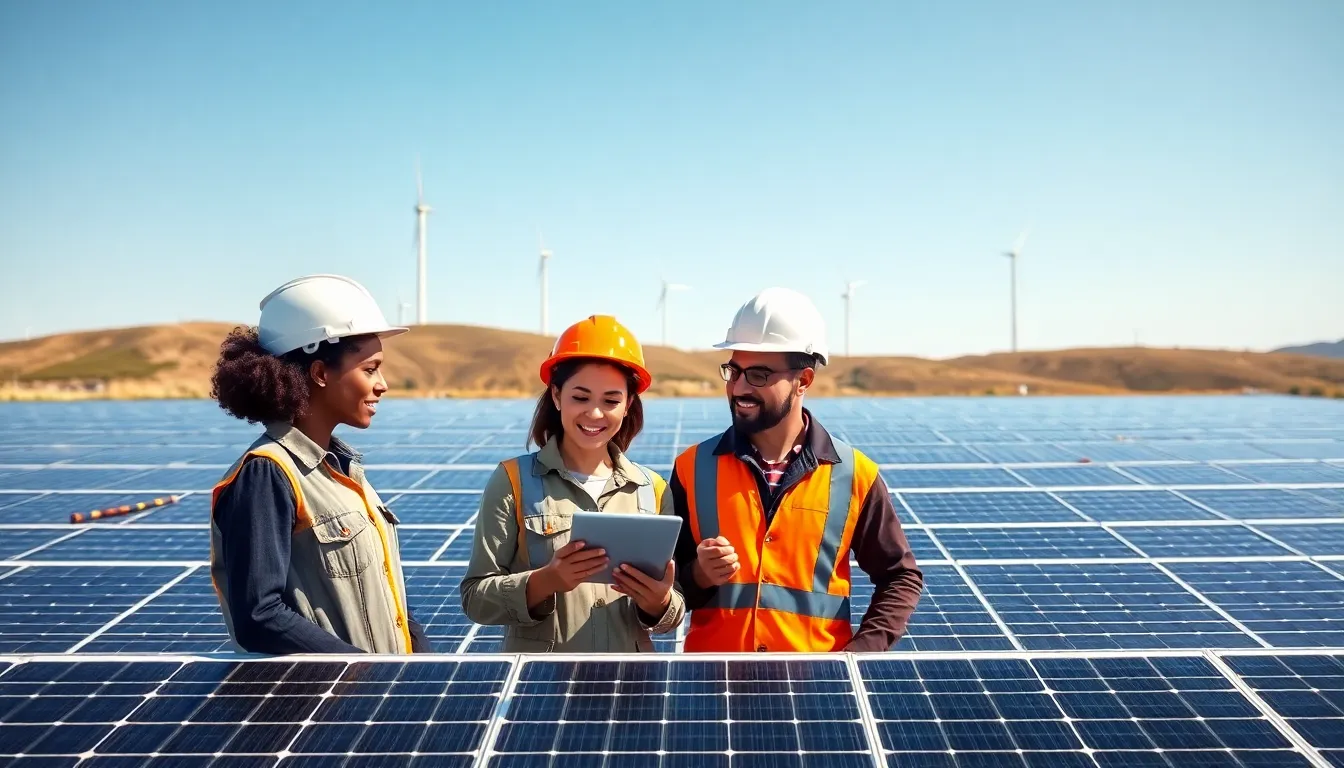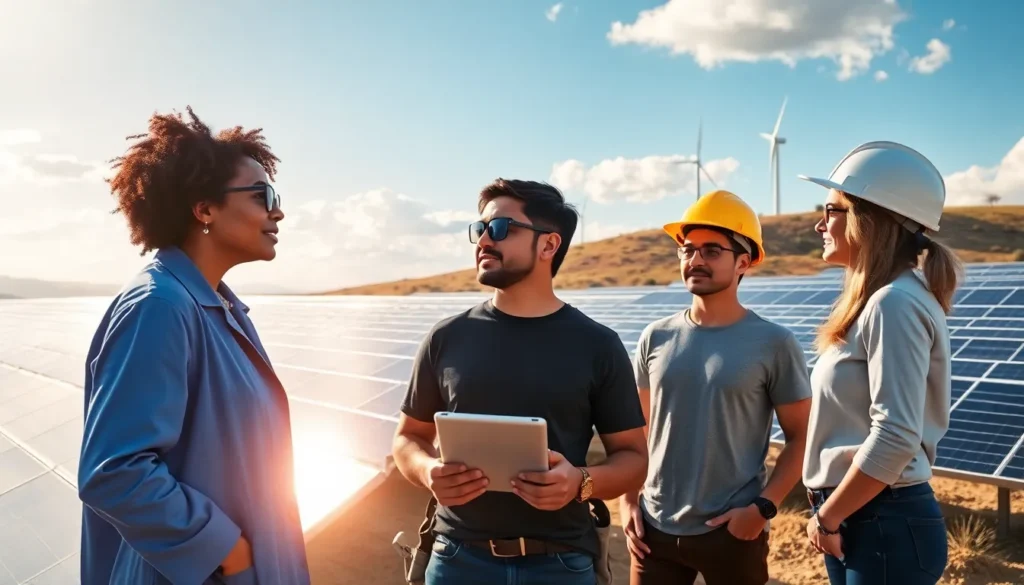The energy landscape is undergoing significant transformation, with advancements in technology, shifting policies, and complex geopolitics dictating the direction of global energy markets. As the world embraces sustainability while navigating the challenges posed by climate change, it becomes essential to understand the interplay of these elements. This article explores current events and trends in global energy, highlighting breakthroughs and innovations, analyzing major policies, and examining the profound influence of governments and geopolitical dynamics in shaping the energy sector.
Table of Contents
ToggleCurrent Events and Trends in Global Energy

Breakthrough Technologies in Energy Production
Recent innovations in energy production technologies have begun to reshape how power is generated and consumed. The emergence of energy storage solutions, such as advanced batteries, has unlocked new potentials for renewable energy, enabling more efficient use of solar and wind resources. Companies are investing heavily in artificial intelligence (AI) to optimize energy usage and predict consumption patterns, leading to smarter energy systems that improve efficiency.
Renewable Energy Advances
Renewable energy sources continue to gain traction worldwide. In 2025, photovoltaic solar energy capacities have doubled, thanks to declining production costs and technological improvements. Countries like China and India are leading the charge, with ambitious projects aimed at increasing solar and wind capacities, actively supported by favorable governmental policies. Besides, initiatives such as the European Union’s Green Deal seek to integrate more sustainable practices into energy production, positioning renewables as a primary focus for the future of energy.
Nuclear Energy Innovations
While renewables dominate conversations about the future, nuclear energy remains a vital part of the global energy mix. Innovations in small modular reactors (SMRs) promise safer and more efficient nuclear power facilities. Countries like Canada and the United States are exploring ways to carry out these technologies, viewing them as essential to achieving net-zero emissions and diversifying energy resources.
Major Energy Policies Shaping the Industry
Global Responses to Climate Change
As the effects of climate change become increasingly evident, countries are implementing policies that drive energy transitions. The Paris Agreement, established to limit global temperature rises, is a pivotal element in global energy policy, encouraging nations to focus on reducing greenhouse gas emissions. As a result, governments are incentivizing renewable energy investments and regardless, creating frameworks for carbon pricing, which directly influence energy producers’ operations.
Impact of International Treaties and Agreements
International treaties play a crucial role in shaping energy policies. Agreements such as the Global Methane Pledge aim to tackle potent greenhouse gases and support cleaner energy practices. These treaties often determine funding routes for clean technologies and foster international cooperation in research and development, ensuring that global progress in energy sustainability is collective.
Key Players in Global Energy Policy
Notable Organizations and Initiatives
Organizations like the International Energy Agency (IEA) and the International Renewable Energy Agency (IRENA) are at the forefront of defining and guiding energy policies worldwide. They provide critical data, promote best practices, and support countries in their energy transitions. Besides, initiatives such as the United Nations’ Sustainable Development Goals (SDGs) specifically address energy access and sustainability, pushing governments and organizations to innovate and invest in sustainable energy solutions.
Influence of Governments on Energy Markets
Economic Implications of Energy Transitions
Governments play a significant role in shaping energy markets, particularly through regulations and incentives that direct investment in energy technologies. Transitioning from fossil fuels to renewable sources affects job markets and economic stability. Countries proactively investing in green technologies often experience growth in new sectors, while those reliant on traditional energy sources face challenges. The economic implications of these transitions are profound, necessitating comprehensive policies that support affected industries and workers.
Geopolitical Tensions and Energy Resources
Future Predictions for the Global Energy Landscape
Geopolitical tensions markedly impact energy resources and their availability. Regions rich in fossil fuels, such as the Middle East, continue to wield significant influence over global energy markets. As countries jockey for power and resources, the future could see an increase in conflicts affecting energy security. Also, emerging markets looking for energy independence may lead to alliances based on energy needs rather than historical friendships.
Emerging Markets and Their Energy Needs
Emerging markets are at a pivotal junction as they prioritize energy access and sustainability. Nations in Africa and Southeast Asia are rapidly urbanizing, generating increased energy demand. Recognizing these needs, international stakeholders are focusing on tailored solutions, including off-grid renewable systems and localized energy infrastructures. Understanding these dynamics will be crucial for ensuring a sustainable and equitable energy future.
Conclusion
The global energy landscape is witnessing transformative changes that reflect the complexities of technological advancements, policy frameworks, and geopolitical relations. As innovations continue to emerge in renewable and nuclear energy sectors, supported by robust international policies, the future of energy appears to be on a more sustainable path. But, this transition demands critical attention to the geopolitical factors at play and the socio-economic implications of moving towards cleaner energy sources. The journey towards a balanced, sustainable energy future will require collaboration across borders, industries, and communities.






